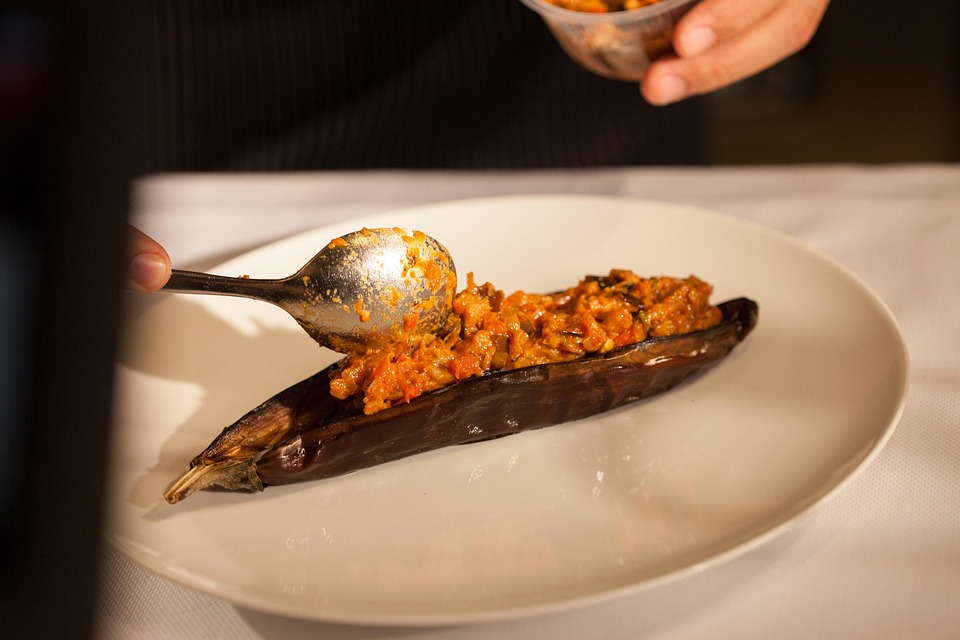In the realm of gastronomy, few accolades hold as much sway as the Michelin star. Awarded by the esteemed Michelin Guide, these stars are not simply emblems of culinary excellence; they are transformative accolades that can catapult chefs and restaurateurs into the upper echelons of the culinary world. This article delves into how Michelin recognition shapes culinary careers, influences restaurant success, and even alters the trajectory of the food industry.
The Prestige of the Michelin Star
The Michelin Guide, first published in 1900, was initially intended to promote automobile travel in France by providing drivers with information about where to eat and stay. However, as food critics began to evaluate restaurants, the guide evolved into a symbol of high-quality dining. A restaurant can receive one to three stars, each denoting a different level of excellence: one star signifies "a very good restaurant," two stars indicate "excellent cooking that is worth a detour," and three stars reflect "exceptional cuisine that is worth a special journey."
For chefs, earning a Michelin star can mean the culmination of years of hard work, creativity, and dedication. It serves as recognition not just of culinary skill, but also of the chef’s vision, passion, and ability to innovate. The mere mention of Michelin stars can transform culinary careers, bringing media attention, new opportunities, and heightened expectations.
Career Elevation and Opportunities
The pursuit of a Michelin star alters the course of many chefs’ careers. For many, it serves as a goal that propels them to refine their skills, expand their culinary repertoire, and push the boundaries of creativity. Earning a star often opens doors to prestigious events, collaborations, and an expanded network within the industry.
Chefs who achieve Michelin recognition often find themselves in demand for consulting roles, television appearances, and culinary competitions. A star can lead to bigger projects, such as opening new restaurants, writing cookbooks, or even launching their own line of gourmet products. In essence, a Michelin star can enhance a chef’s profile, creating a personal brand that resonates well beyond the kitchen.
The Pressure to Maintain Standards
While Michelin recognition brings numerous opportunities, it also brings an immense amount of pressure. The pursuit of excellence requires continuous improvement and creativity. Chefs may feel compelled to maintain or exceed the standards that garnered them the star, leading to long hours and rigorous kitchen environments. Many chefs report an increased sense of responsibility, not only to uphold their own standards but also to meet the expectations of the Michelin reviewers.
This pressure can result in a high turnover rate in the industry, as some chefs struggle with the stress and expectations that come with Michelin recognition. Mental health and work-life balance are significant concerns; the dedication to culinary perfection often comes at a personal cost.
Transforming Restaurant Dynamics
The impact of Michelin recognition extends beyond individual chefs to the restaurant as a whole. For a restaurant, a Michelin star can lead to a significant boost in reservations and revenue. Food enthusiasts often seek out Michelin-starred establishments as badges of culinary adventure, and even those that garner a mention in the Guide benefit from increased visibility and prestige.
However, this heightened visibility can also lead to unrealistic expectations from diners. The pressure to deliver an extraordinary experience can be overwhelming, pushing some restaurants to innovate continuously while maintaining consistent quality. This, in turn, can lead to more elaborate food presentations, intricate tasting menus, and increasingly sophisticated dining environments—further shaping the culinary landscape.
The Broader Impact on the Culinary Landscape
The influence of Michelin stars reaches beyond high-end dining. The recognition has also encouraged a wave of innovation in more casual dining settings and led to an increased focus on local, sustainable ingredients. Many chefs who work in Michelin-starred kitchens aim to elevate their local cuisine and promote regional flavors, contributing to a renewed appreciation for culinary heritage.
Moreover, the quest for Michelin stars has sparked a broader discussion about the criteria used for evaluation. Some industry professionals argue that the guide should recognize a more diverse range of culinary expressions, reflecting the changing tastes and demographics of diners. As the global palate broadens, there is an increasing demand for recognition of creativity, sustainability, and cultural authenticity.
Conclusion
Chasing Michelin stars is more than a culinary ambition; it’s a pursuit that profoundly influences careers, restaurant dynamics, and the overall food culture. While the accolades bring prestige, opportunity, and recognition, they also carry significant pressure and the responsibility to innovate continuously.
As chefs navigate this intricate landscape, their stories of chasing stars reflect not just individual successes, but also the evolving nature of gastronomy itself. In an ever-competitive field, the Michelin star remains a shining beacon—a symbol of excellence that inspires culinary artists to reach for the stars.



